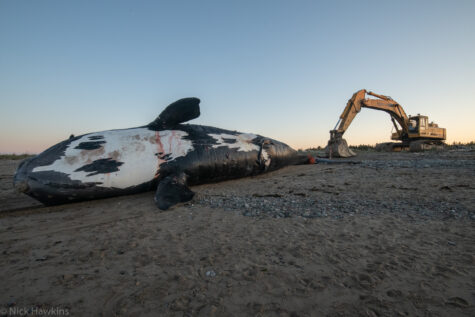The Society for Marine Mammalogy would like to inform eligible members (see below) that this year’s Small Grants in Aid of Research application window opens on 1 June 2021. Applications will be accepted during the entire month of June. The Committee of Scientific Advisors will review applications and make recommendations on funding with decisions announced in early September 2021. The awards are up to US $2,000. Up to 25% of the budget may be used as stipend. All three of the following eligibility requirements must be met:
1. Be a member of the Society for Marine Mammalogy.
2. Be a national of any country not on this Excluded Country List: Australia, Austria, Belgium, Canada, Czech Republic, Denmark, Estonia, Finland, France, Germany, Greece, Hungary, Iceland, Ireland, Israel, Italy, Japan, Korea, Luxembourg, Netherlands, New Zealand, Norway, Poland, Portugal, Singapore, Slovenia, Spain, Sweden, Switzerland, Taiwan, United Arab Emirates, United Kingdom and United States.
Preference is given to early career researchers such as students and researchers with less than 5 years post-doctoral experience.
3. Be conducting research in a country not on the above Excluded Country List.
The Small Grant web page provides full information, links to past successful applications, a list of recipients from prior years and their completed project reports, and a link to the application itself. Please be mindful of the word limits in the various sections of the application.
Last year 17 of 55 applicants from 20 counties received funding ranging from $793 to $2,000 USD.
For technical questions regarding the online application, please email the Society webmaster at admin@marinemammalscience.org
For all other questions about the grants, please contact:
Laura J. May-Collado
Chair
Committee of Scientific Advisors
Society for Marine Mammalogy
science@marinemammalscience.org
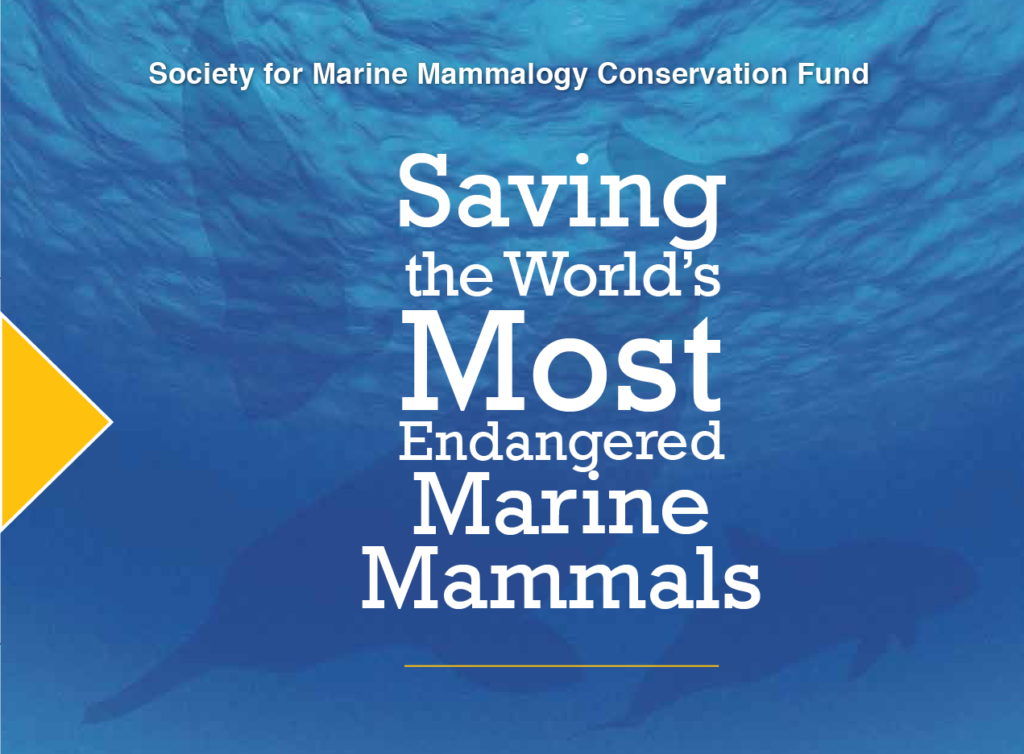
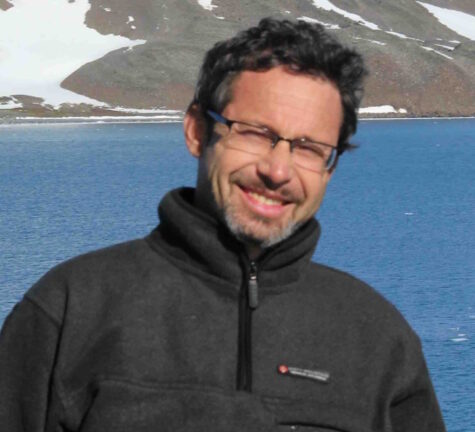
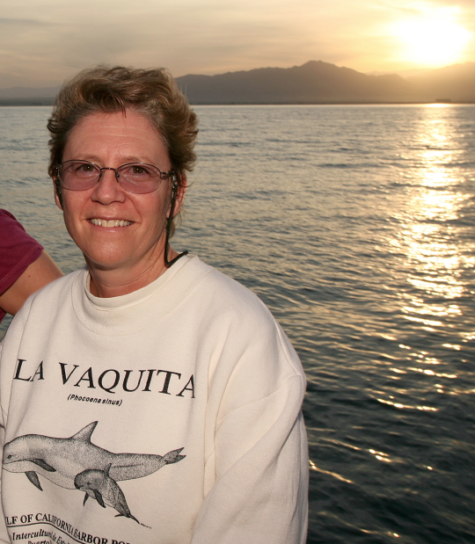
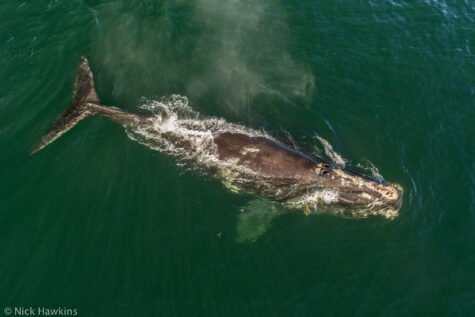
 About the presenter:
About the presenter: